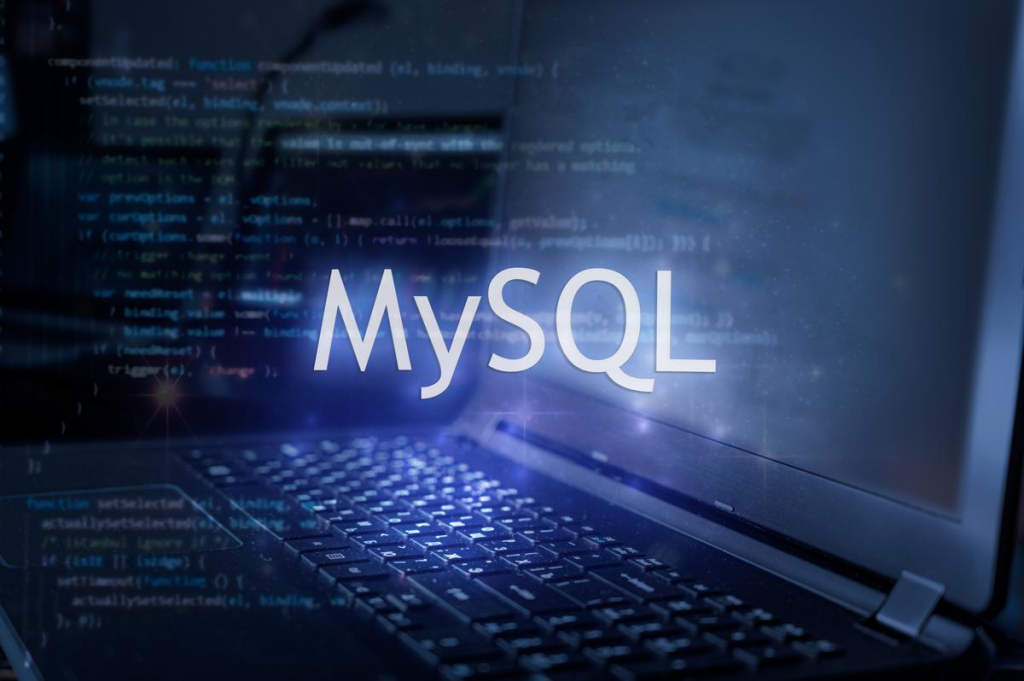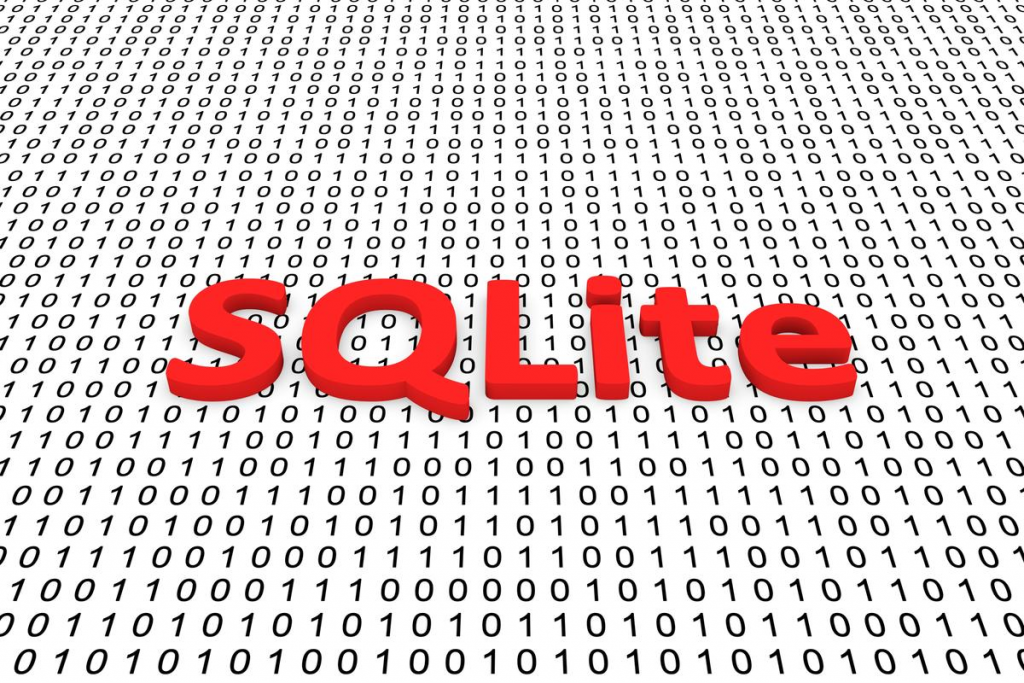SQLite Vs MySQL: What is the Difference and Does it Matter?
Because web hosting firms often make that decision on behalf of their customers, many web developers do not have the freedom to select the database that they put to use on their sites. On the other hand, when presented with multiple options, making a decision might be challenging. For example, MySQL and SQLite are both similar database systems, yet each possesses a distinct set of advantages and disadvantages.
Both of these are examples of what are known as Relational Database Management Systems (RDBMS), which are typically the most often used kind of database management system. This is owing to the fact that they have superior organization tools, which in turn makes them simpler to use.
In today’s lesson, we are going to investigate what each of them is, how they differ from one another, and why the distinction is even important.
A Relational Database Management System Is Defined As The Following:
Let’s first go over the definition of a relational database management system, or RDBMS, before we get into the specifics of MySQL and SQLite.
A relational database management system (RDBMS) is a type of database that stores data in a tabular structure that may be used in relation to other types of data that have been stored. Tables are frequently referred to as relations, and each table has the capacity to store a significant amount of data.
When using this structure, information can be quickly located inside the database, which makes it much simpler to compile correlations between the various pieces of data.
For instance, locating clients who live in the state of Texas and have previously purchased a particular item. Within the database table sets, this is an example of a relational query.
As a direct consequence of this, relational database management systems have rapidly emerged as the most preferred kind of database for use in web development. When someone mentions a database, they are almost always talking about a relational database management system (RDBMS). The fact that these databases offer a variety of advantages has contributed to their widespread adoption.
These are the following:
Simple to Administer: The tables contained within the database are straightforward to modify. To put it another way, it is not difficult to make alterations or to bring tables up to the current. In addition, you have the ability to restrict access to particular tables for particular users. This guarantees that staff members only view the information that is relevant to them.
Scalability refers to the fact that the amount of information a website gathers and stores over time is always increasing. In addition, in order for your database to be able to store all of this information, it will need to continue to expand. It is one of the primary advantages of RDBMS. Your database’s capacity can be easily expanded, albeit doing so might require the purchase of more hardware.
Maintenance:
One of the most important things you can do to improve the performance of your website is to optimize the database. When it comes to RDBMS, this is extremely simple to accomplish because the majority of them come equipped with tools that help optimize performance and keep data from being duplicated.
As a whole, this kind of database is the optimal answer for websites, which is the primary reason why they are utilized in modern times.
What Exactly is MySQL?

Structured Query Language (SQL), on which MySQL is built, is an open-source relational database management system (RDBMS). MySQL is by far the most common database. It has an astounding market share of 44.49% at the moment, which positions it as the most powerful player in the database industry moment.
MySQL is the choice that is selected by default in the majority of web hosting situations. There are several situations in which you are unable to employ an alternative since it is dependent on your host. This is due to the fact that in order for MySQL to execute, a server must be present, and MySQL is often preinstalled on servers.
This holds especially true for systems that utilize shared hosting.
When you have numerous people working with the database, this is the best option. Access to a particular section of the database can be granted to each user individually. This helps to ensure that sensitive information, such as the payment data of customers, can only be viewed by the roles that are required to have access to it.
Because it is compatible with more than 25 distinct data formats, it can be utilized in virtually any setting.
What exactly is SQLite?

SQLite is a software library that offers a lightweight relational database management system (RDBMS) solution. In order to provide a point of reference, the SQLite library is approximately 250 KB, whereas MySQL is approximately 600 MB. The fact that all of this information is saved in a single file, which can then be easily duplicated and moved, is the icing on the cake.
In most situations, an RDBMS cannot function without a server. SQLite stands out from the competition since it does not need to connect to a physical server. Because it is built into SQLite, the application no longer has to communicate with the server in order to make use of a client/server architecture.
You can immediately read and write on files that are contained within the database, to put it another way. Although, as a consequence of all of this, the database will be far easier to use, it will not be as robust or adaptable as other RDBMS alternatives. This is one of the reasons why it only has a 3.1% share of the market.
Having said that, it is an excellent choice for less involved applications that do not involve a large number of users.
So, Let’s Compare SQLite with MySQL: What’s the Difference?
Now that we are familiar with what each one is and a portion of what it brings to the table, it is time to discuss precisely how they differ from one another in their respective roles and responsibilities.
The prerequisites for its application make for an excellent point of departure.
In order to function, SQLite does not necessitate the presence of a server, in contrast to MySQL. This makes SQLite a considerably more affordable option for smaller projects; nevertheless, because of some of the constraints of SQLite, it is possible that you will not be able to accomplish what you require.
One such drawback is that SQLite does not offer particularly strong support for numerous users. It is not encouraged to use numerous users, despite the fact that it is possible to do so. For example, if you have two users trying to write to the database at the same time, the database will lock up for a short while.
MySQL does not have a problem with this. In point of fact, the ability to support a large number of users is one of its primary advantages. As I was saying earlier, you have the ability to provide particular permissions to each user, and several users are able to simultaneously write to different files.
This is a significant contributor to the phenomenon’s widespread appeal.
One of SQLite’s other shortcomings is that it is unable to manage large amounts of data all at once. The performance of SQLite will become less reliable as soon as you go beyond that capacity. Because of this limitation, SQLite is typically reserved for use in relatively modest websites and projects. MySQL, on the other hand, may simply be scaled to meet the requirements of the user.
Having said that, in order to enlarge the database, additional hardware will be required, but unlike with SQLite, you will always have the choice to do so.
SQLite, on the other hand, is a lightweight solution that is built for tiny projects that will only have one user, whereas MySQL works for projects of any size and supports numerous users.
Because of these distinctions, MySQL has established itself as the industry standard for RDBMS solutions.
Which One Ought I to Choose to Use?
What you need an RDBMS for and whether or not you have a choice in the matter are the two most important factors to consider here.
Your first order of business is to determine whether or not your web server will support the addition of another database. In most cases, you will only be able to use MySQL in shared hosting situations (or MariaDB, a MySQL fork). This is due to the fact that a shared environment needs to function properly for each individual user.
On the other hand, if you buy a managed VPS account, some web providers will set up an additional database for you if you specifically request it.
It varies greatly on the web host that you use.
In the event that more than one database is supported by the web host, the choice between them should primarily be based on the following two.
Conclusion:
What kind of traffic does the website get on a daily basis?
Do you require a large number of users?
MySQL is the database management system you should go with if your website has more than 100 views per day and has a need for many users. If not, SQLite is a good alternative to consider. On the other hand, if you believe that the responses to these questions might shift in the future, MySQL is most likely still the superior choice.